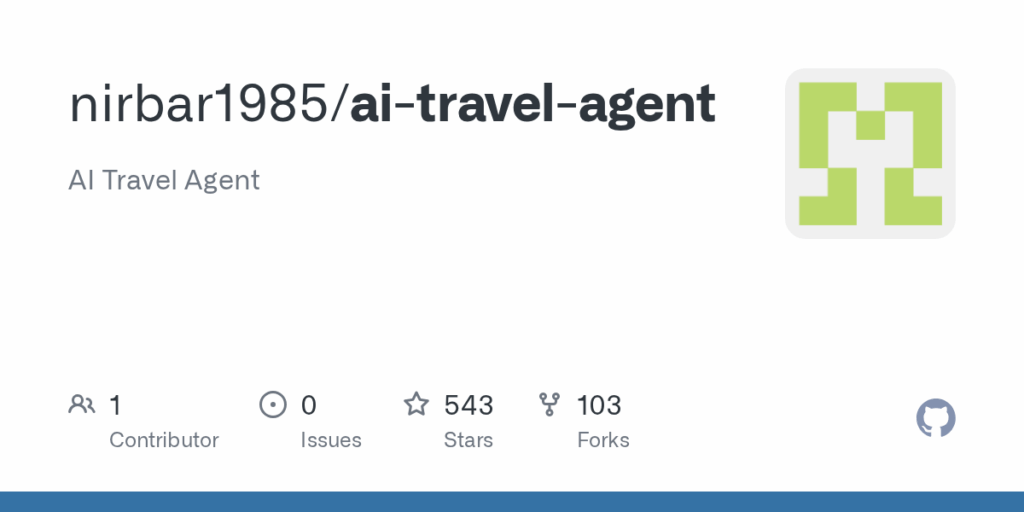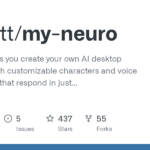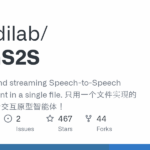ai travel agent
Basic Information
This repository demonstrates a practical, end-to-end AI travel assistant built with LangGraph. It shows how to create a conversational agent that interacts with users to find flights, locate hotels, and prepare personalized travel plans. The project wires multiple language models to different tasks, invokes external tools and APIs, supports stateful conversations that preserve context across interactions, and includes an example Streamlit application you can run with app.py. The README documents required environment variables and API keys for OpenAI, SERPAPI, SendGrid, and LangChain, and notes that flight and hotel data is fetched via Google Flights and Google Hotels APIs. The codebase is presented as a hands-on use case for building production-ready AI agents with human-in-the-loop controls and email integration for delivering travel itineraries.








